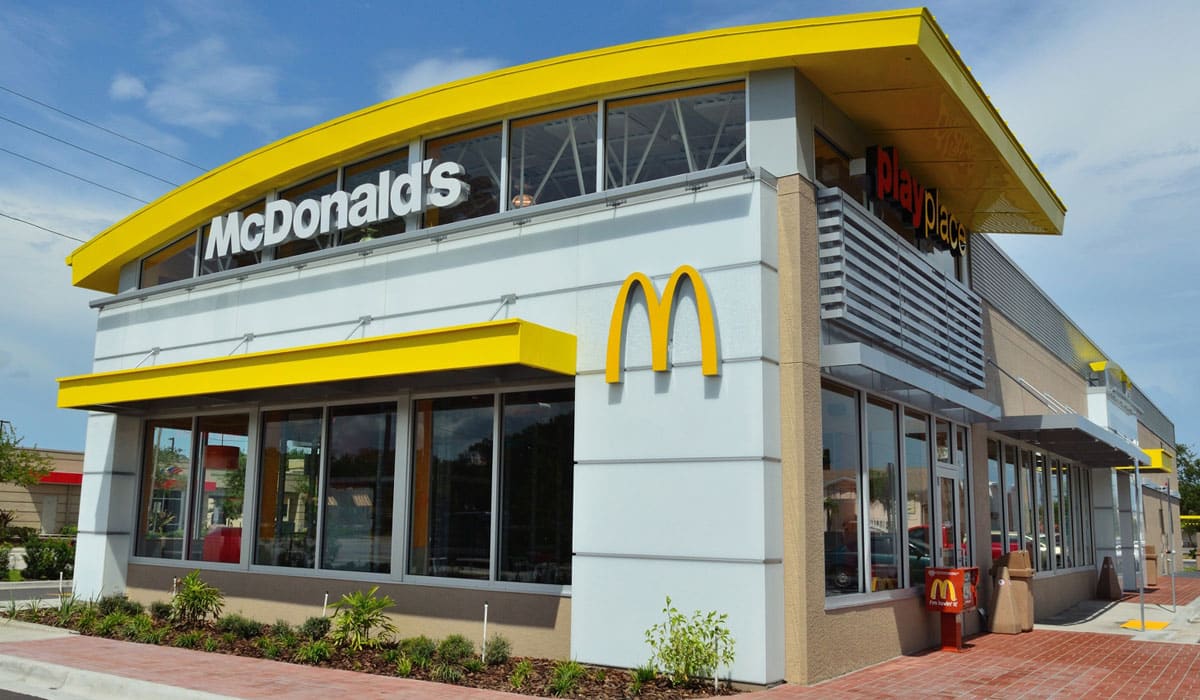McDonald’s franchisees are adding child care, educational, and other benefits to attract more workers amid the months-long labor shortage, according to the Wall Street Journal.
The burger giant is reportedly investing millions of dollars to support the efforts. Franchisees control roughly 12,800 stores, or about 95 percent of the system.
The Journal said McDonald’s franchisees started exploring changes to pay and benefits in 2020. During that process, operators surveyed more than 5,000 hourly employees and managers about what needed improvement. The discussions pushed franchisee leaders to adopt an employee program that elevates training, workplace flexibility, and pay and benefits.
READ MORE: Teenagers Surge Back Into the Restaurant Workforce
In a McDonald’s franchisee presentation viewed by the Journal, operators said the new employee program aims to “fundamentally change what it means to work at a McDonald’s restaurant.” Later this year, franchisees will study how their wages and benefits compare to other companies, and a group of operators will test the use of backup child and elderly care.
The news comes two months after McDonald’s announced its decision to raise wages of workers at company-operated stores in the U.S. Hourly wages will grow by an average of 10 percent to an average of $13 per hour and increase to an average of $15 per hour by 2024. entry-level workers will earn a minimum of $11 to $17 per hour and shift managers will make a minimum of $15 to $20 per hour. The pay raise applies to more than 36,500 employees and nearly 660 company-operated stores, or about 5 percent of McDonald’s domestic footprint.
McDonald’s is facing stiff competition from chains like Chipotle, which is using “TikTok Resumes” to recruit “purpose-driven Gen Z applicants.” The fast-casual also revealed in May that it was raising its average wage to $15 per hour and giving employees the opportunity to earn six figures in as little as three and a half years. Additionally, Taco Bell revealed this spring that general managers at corporate stores would now receive up to four weeks of accrued vacation per year, and Whataburger promoted all its general managers to six-figure salaries.
The restaurant industry added 194,300 jobs in June, with nearly one in every four jobs coming in the food and beverage space, according to the Department of Labor. However, restaurants are still about 1.3 million workers shy of February 2020.
Accommodation and foodservices saw 1.25 million job openings in May, compared to 627,000 last year, according to the U.S. Bureau of Labor Statistics. That equals a job opening rate of 9.1 percent, which is the highest among all listed industries. Additionally, 706,000 quit their job, versus 330,000 in the year-ago period. That’s a quit rate of 5.7 percent—also the highest among all industries.
Although chains like McDonald’s are improving their benefits, it remains to be seen how much of an impact it will have. A recent survey by job search platform Joblist showed 38 percent of former hospitality workers said they had no interest in returning to work at a bar or restaurant and more than 50 percent of former hospitality workers who have moved on to looking for employment in other industries said that no pay increase or incentives of any type would convince them to return.










